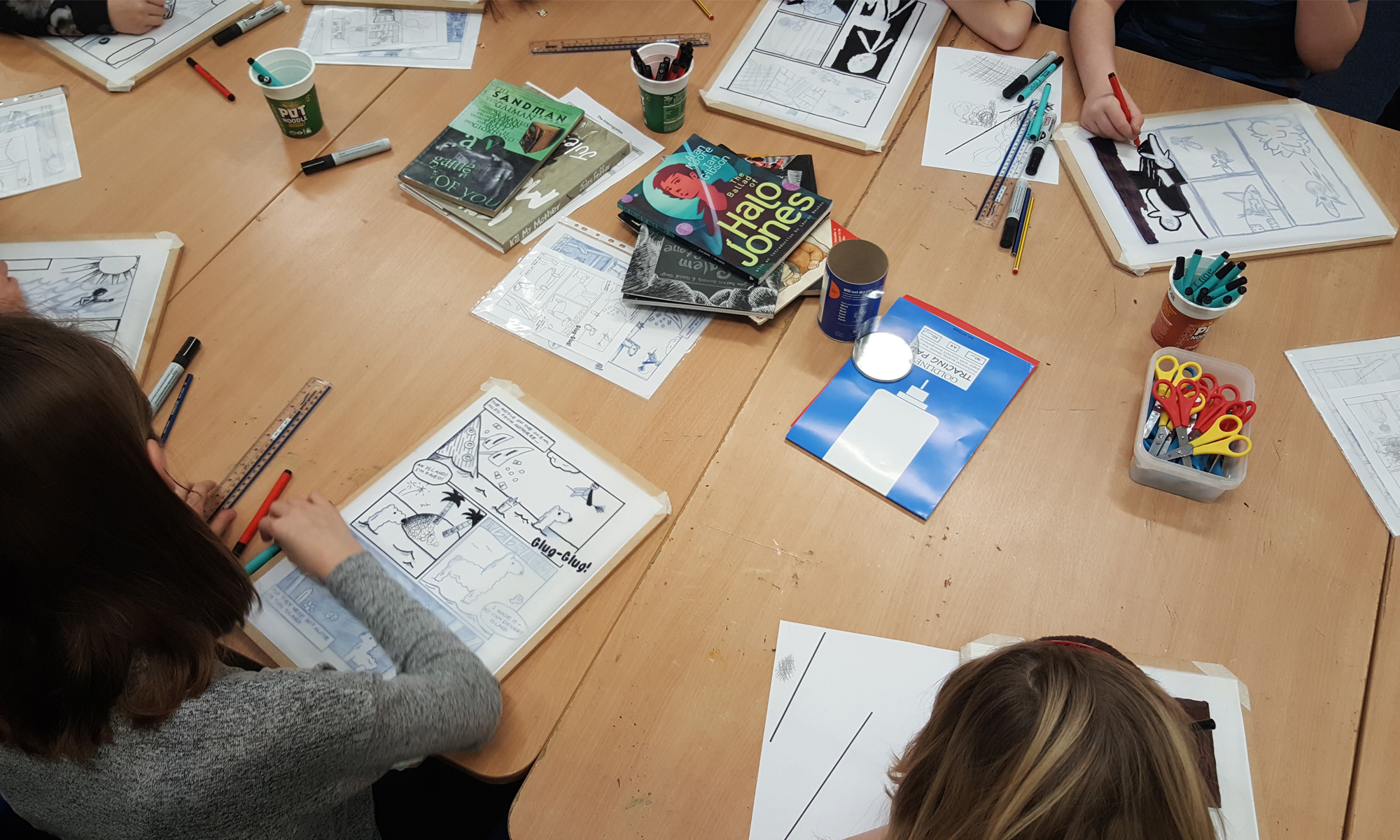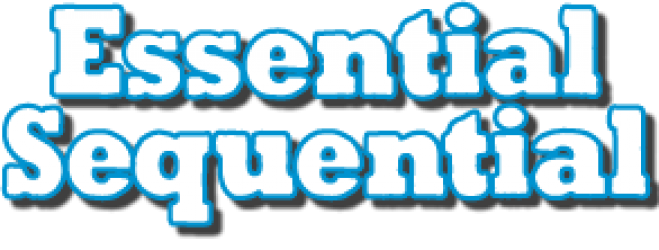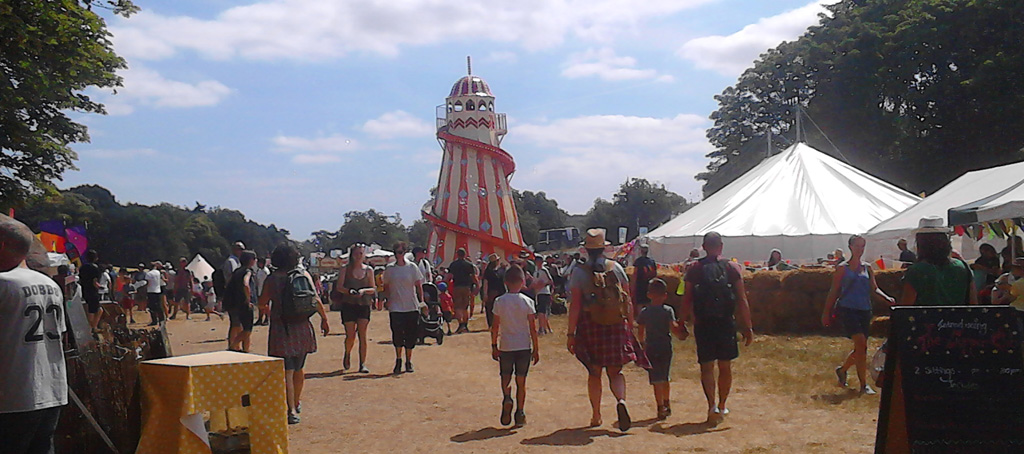A few months ago I was very kindly asked by Culture Works East to run a series of comic creation workshops at the Latitude festival 2015.
I’d be working alongside video and animation production professionals, DJ and music makers and a fully stocked fashion studio tent (which my daughter was very taken with!) – so it was hardly a surprise that I was quick to accept the invitation to join them.
Creating comics in a tent
The goal of the the workshop was that each artist should produce their own one-page comic strip by completed the following sequence of tasks:
- Plan their story’s subject, characters and events
- Write a script describing each panel’s pictures and words
- Sketch and refine pencil drawings of their comic strip
- Produce a final inked version of their comic page with text
Running a workshop at a busy open-air festival naturally brings with it issues which needed to be overcome.
As part of a busy schedule of activities meant the time frame for each workshop was very tight (around 2 hours) – and I had to work around the possibility of people dipping in and out.
I would be holding the workshop in a tent at the top of a rather steep hill so had to keep equipment down to a minimum – so everything needed to fit in a couple of boxes which could be strapped to a sack barrow!
The workshops I lead usually take a whole day, to achieve so much in such a short time frame meant I had to develop a few new processes to speed things up!
Introducing the Acme Random Story Generator
Being into comics, it should come as no surprise that I’m also no stranger to a board game, so I decided, in order to speed up the story creation process, we’d use dice to randomly generate the basic frame work of their story.
I designed a series of worksheet where, by rolling a normal 6 sided die, each artist is presented with the basic ingredients for their story:
- Where and When the story happens
- Who does the story feature (2 characters)
- What Event happens to them
So, for example, you could be presented with a story which takes place in jungle (Where) at night (When), featuring a Super Hero (Person 1) and a Bus Driver (Person 2) when, suddenly, an alien invasion occurs (the Event).
Using those basic building blocks the artists can plan out the beginning, middle and end of their story, followed by a basic script describing what each panel of their comic would portray and what the characters would say.
I thought it was just me but apparently rolling a few dice makes everything more fun!
Drawing and Inking the comic
Once the script was done we started drawing – very roughly at first at A5. Just like the Barrington Farm workshop, The initial pencil drawings were then photocopied and expanded to A4.
The expanded photocopy was taped to a drawing board, then tracing paper was taped over that.
Using a blue colouring pencil the artist was then ready to produce a drawing based on the rough sketch below the tracing paper in blue line.
The importance of the blue line is that it will be eliminated from the final picture in post production, leaving only the black ink that will be drawn over it.
The blue line version was then photocopied and inked using black pen – this final inked drawing was then scanned and saved ready for insertion in the final comic which is available to download now!
The end of a great weekend at Latitude
It was an absolute pleasure to work with people with such an avid interest in comics – sometimes it was a real struggle to stop chatting about our favourite characters and get down to the work in hand!
I‘m very grateful to Elli Chapman and Helen Stonely at Culture Works East for inviting me to join their team for this special event and look forward to doing plenty more with them in the future.
The final comic will soon be available for download at the Culture Works East website.



